Greetings from Abingdon!
The weather has been delightful! Doors and windows open; warm breezing enticing blossoms to bloom. The tiller has been busy churning up the soil around the county and gardeners are getting excited to plant the first seeds of the season.
So how do we figure out the seeds? How much do people get and how in the world do we come up with what to order? First of all, it’s not easy! It takes time, knowledge and a calculator to figure it out, but here’s the synopsis of how we do things here in Abingdon:
During the snowy part of the year, December – January, you can find us snuggled beside the woodstove with a cup of tea and the Fedco Seed Catalog. Ordering in bulk helps save $ and Fedco welcomes and rewards growers for group orders by offering huge volume discounts. Fedco doesn’t have a showy, glossy pictured catalog; see Johnny’s for that, but they do offer great ink drawings, helpful descriptions and interesting facts. The best feature in my mind is Fedco’s Seed Source. Each seed is labeled numerically by where the seed comes from. #1 – from a small seed farmer; #2 from family owned companies; #3 Domestic and foreign corporations not part of a large conglomerate; #4 Multinationals not to Fedco’s knowledge engaged in genetic engineering; #5 Multinationals who are engaged in genetic engineering; and #6 Manufacturers of neonicotinoids: Bayer and Syngenta. For those of us who understand that our dollars are votes, it’s great that seeds and their sources are labeled. It gives us the power to select and support the seed growers we choose to support!
But how much seed do we need to order, and how do we divide and distribute the massive pounds of seed when it arrives. Ah, there’s the trick! Let’s start with the order. This year, we divided our growers into 3 groups; small – those who will have a garden smaller that 500 square feet; Medium – those who will have a garden up to 1500 and our Market Growers – those that have gardens larger than 1500 square feet. Really, it’s a huge guess but we had to start somewhere.
An example of how this works; let’s take a look at carrots.
For a small grower we estimated that these gardeners would grow a ten foot bed with 3 rows once in the spring and once in the fall. We ordered seed for 60 linear feet or ¼ oz for each grower. The Medium growers will get double that amount or a ½ oz of seed while our Market growers we estimated would grow 2 – 25 foot beds (3 rows per bed) for 150 linear feet with 3 successions. We add it all up; estimating how many gardeners of each size we expect to help (again, huge guesswork there) and ordered 2# of carrot seed. We do this for each crop we offer our growers. It’s a huge seed order and the boxes that hold are seed are large and heavy when they arrive.
We’ve tried various ways of seed sorting; from using VISTA help to volunteers. This year, we relied upon college students to sort seed; weighing out each variety using our new digital platform scale (that weighs tiny amounts) and placing them into coin envelopes and adhering a sticker printed with variety, and growing instructions that we get from Johnny’s Selected Seeds. Seeds are grouped by grower size (small, medium, market).
In theory, it was a great idea. Students could work on the project on campus, no need for transportation, and they could do it when they had time; after class, on weekends. We gave them a time line; when to have which seeds done and wished them well. Turns out there was a bit of a learning curve to this idea. Somehow students didn’t know that they could “lick” the seed envelopes closed but rather used the information sticker to seal the envelopes. Upon return, there were seeds everywhere causing us to re-measure many of the seed envelopes to make sure there were enough inside to get the job done. They also didn’t organize seeds in groupings very well, so again, we had to re-measure to figure out which was which. AND they didn’t finish the task, leaving us with last minute seed sorting duties. Luckily, Michelle has a generous heart and didn’t complain too much as she finished the task, sprawled on the office floor. Volunteers usually mean well, but sometimes it’s hard to trust them to tasks that are super important.
Meanwhile, our high school volunteers are super stars. This week they helped pot on over 500 pepper seedlings while others formed raised beds in the garden, toted buckets of compost and incorporated it into great planting beds. We’re ready for peas, lettuce and spinach to go into the ground.
Today, we’ll host our market growers for the great seed and tool give away. This will be these folks 3 team meeting and today each will go home with seeds for the season, hoes, forks, string and other things to get them started.
We’re super excited here in Abingdon. The season promises to be productive!
Till Next Month, Grow Well!
Deni Peterson, Manager, Grow Your Own program

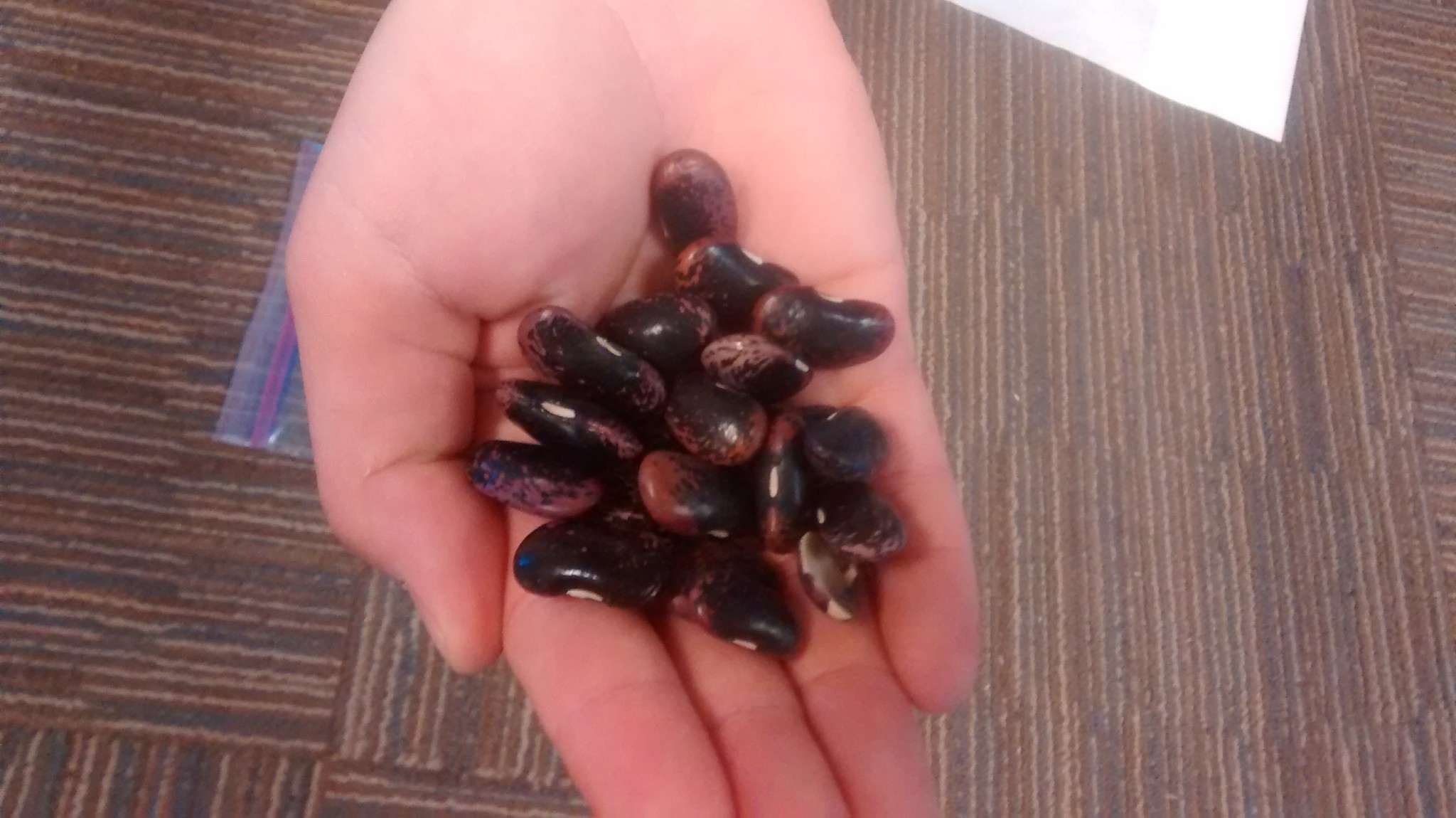
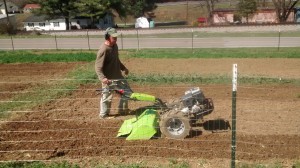
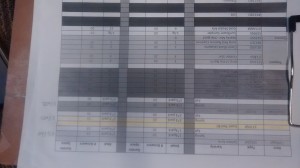
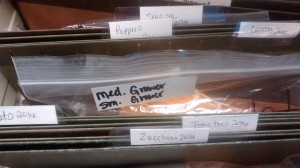






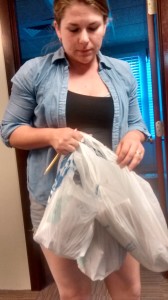

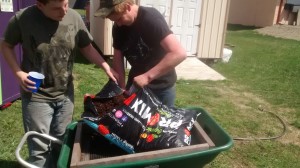


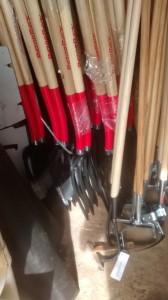

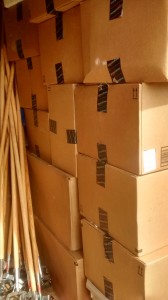

Leave A Comment